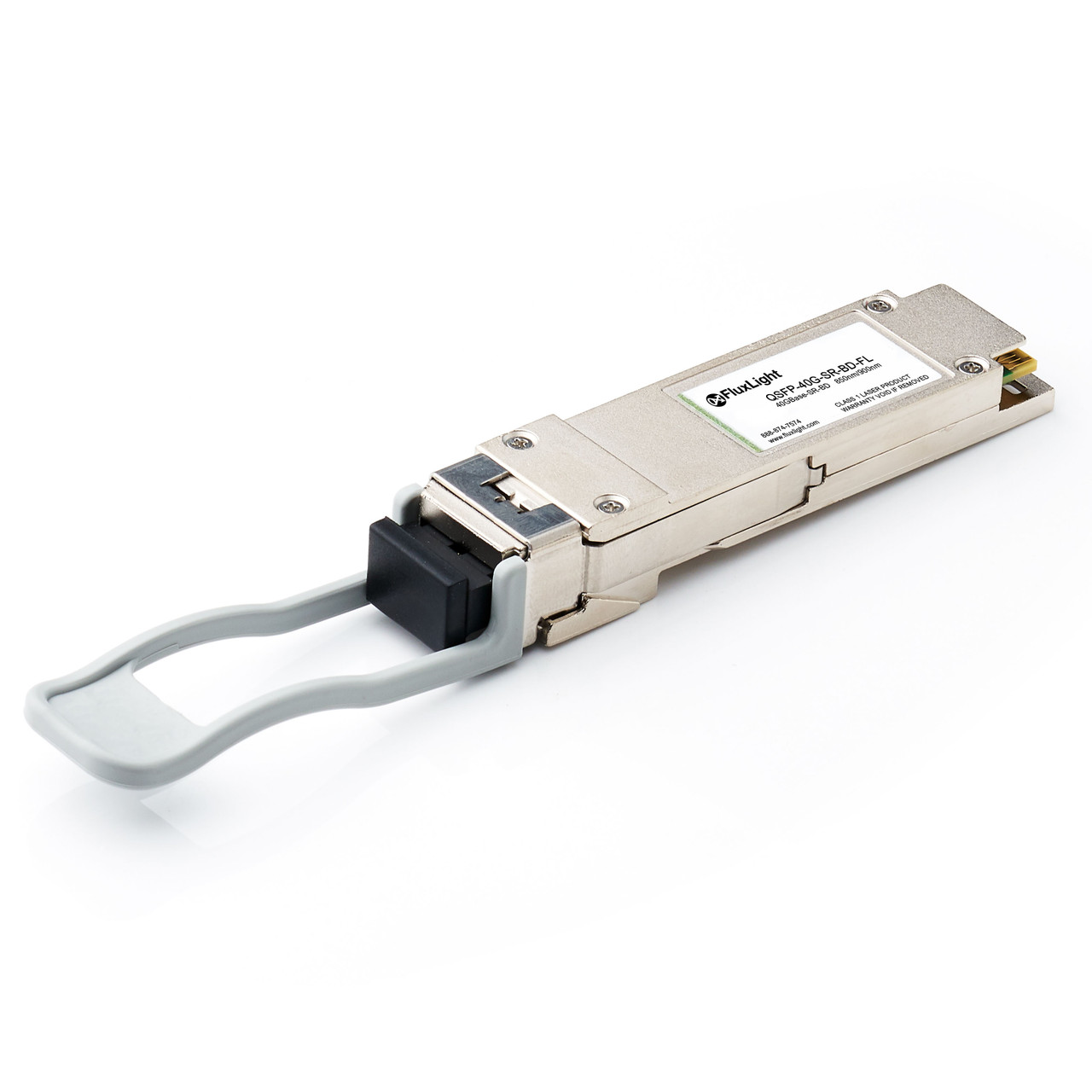Transceivers are essential elements in modern communication networks, enabling devices to transmit and receive data. This article provides an in-depth examination of transceivers, including their fundamental principles, several classifications, practical uses, and guidance on choosing the most suitable transceiver option based on individual requirements.
The Core of Communication Networks
Transceivers, combining a transmitter and receiver in a single device, are essential in data transmission over networks. They convert electrical signals to optical signals and vice versa, enabling communication between different network devices. Transceivers are used in various applications, including data centers, telecommunications, and consumer electronics.
Types of Transceivers: Optical, Copper, and RF Variants
Optical Transceivers: Optical transceivers, such as SFP (Small Form-factor Pluggable) and QSFP (Quad Small Form-factor Pluggable), are commonly used in high-speed data transmission over fiber optic cables. SFP transceivers support speeds up to 4.25 Gbps, while SFP+ and QSFP models cater to higher data rates and multi-channel applications..
Copper Transceivers: Copper transceivers, including RJ45 transceivers and those using Twinax cables, are typically used for Ethernet connections. These transceivers are suitable for shorter distances. RJ45 transceivers are widely used in networking for their simplicity and reliability.
Radio Frequency (RF) Transceivers: RF transceivers are integral to wireless communication systems, including Wi-Fi, Bluetooth, and other wireless technologies. They convert radio signals into data and vice versa, facilitating wireless connectivity in various devices, from smartphones to IoT gadgets.
Key Factors to Consider When Choosing a Transceiver
Data Rate and Bandwidth
The data rate, or speed at which a transceiver can transmit data, is a critical consideration. It’s essential to choose a transceiver that matches or exceeds the data rate requirements of your network. This ensures efficient data transfer and supports future growth in data traffic.
Transmission Distance
Different transceivers are designed for varying transmission distances. While copper transceivers are ideal for short-range connections, optical transceivers can handle long distances with minimal signal degradation. When selecting a transceiver, consider the distance between network devices and choose accordingly.
Compatibility
Ensuring compatibility with existing network devices and infrastructure is crucial when selecting a transceiver. This includes checking the physical form factor, such as SFP or QSFP, and ensuring it fits the network equipment. Additionally, compliance with industry standards and certifications is vital for interoperability and performance.
Form Factor and Size
The physical size and power consumption of a transceiver can impact its suitability for certain environments. Compact transceivers are beneficial for dense networking setups, such as data centers, where space is limited. Additionally, power-efficient models are preferable in scenarios where energy consumption is a concern.
Practical Applications of Transceivers
Enterprise Networking
In enterprise networks, transceivers are crucial for connecting various devices and systems, facilitating efficient data flow and communication. They are widely used in data centers to manage high-speed data transfer and support large-scale networking operations.
Consumer Electronics
Transceivers also play a role in consumer electronics, providing connectivity in devices like routers, modems, and smart home gadgets. In the IoT landscape, RF transceivers enable wireless communication between devices, supporting smart homes and connected ecosystems.
Military and Aerospace
In military and aerospace applications, transceivers are used in secure and reliable communication systems. These transceivers are designed to withstand harsh conditions and ensure consistent performance in critical situations.
Step-by-Step Guide to Selecting the Right Transceiver
Choosing the right transceiver for your network is crucial for optimal performance and efficiency. Here’s a detailed guide to help you navigate this process:
Step 1: Assess Your Network Requirements
Start by assessing your network’s data rate requirements. Determine the maximum speed your network components can handle and ensure the transceiver matches or exceeds this speed. Additionally, consider the distance the data needs to travel. Optical transceivers, such as SFP and QSFP models, offer various distances—ranging from a few meters to several kilometers. For shorter distances, multi-mode fiber is typically sufficient, while single-mode fiber is needed for longer distances. Compatibility is another critical factor. Check that the transceiver is compatible with your existing network equipment, including switches and routers. This includes verifying form factors like SFP or QSFP and ensuring they fit the available ports.
Step 2: Choose the Appropriate Type
The choice between optical, copper, and RF transceivers depends on your specific application and environment. Optical transceivers, such as SFP+ and QSFP+, are ideal for high-speed data transfer over long distances, commonly used in data centers and enterprise networks. Copper transceivers, like RJ45, are more suited for shorter distances and can be used for standard Ethernet connections. RF transceivers are essential for wireless communication applications, including Wi-Fi and Bluetooth.
Step 3: Consider Future Growth
Future-proofing your network is crucial. Consider potential growth in data traffic and additional devices that may need connectivity. Opt for transceivers that support higher speeds and greater distances than currently needed to accommodate future upgrades. For instance, selecting a 10G SFP+ transceiver over a 1G SFP transceiver might be beneficial if you anticipate increased data transfer needs.
Step 4: Verify Compliance and Compatibility
Ensure the transceiver complies with industry standards, such as those set by the Multi-Source Agreement (MSA), which define the electrical, optical, and mechanical characteristics of transceivers. Compatibility extends beyond physical form factors; it includes software and firmware compatibility with your network devices. Some networks may require proprietary transceivers from specific manufacturers, so it’s essential to confirm these details before purchasing.
Step 5: Evaluate Cost and Availability
While budget considerations are important, choosing the cheapest option can lead to long-term issues such as network instability or higher energy costs. Balance cost with performance needs by considering the total cost of ownership, including energy consumption and potential maintenance. Higher-quality transceivers may come with a higher upfront cost but offer better performance, reliability, and longevity.
Conclusion
With their many useful communication possibilities, transceivers are an integral part of modern networking. Understanding and choosing the right transceiver is absolutely essential for achieving maximum network performance and reliability, whether you are building a home network, enhancing a data center, or adopting secure communication solutions.

